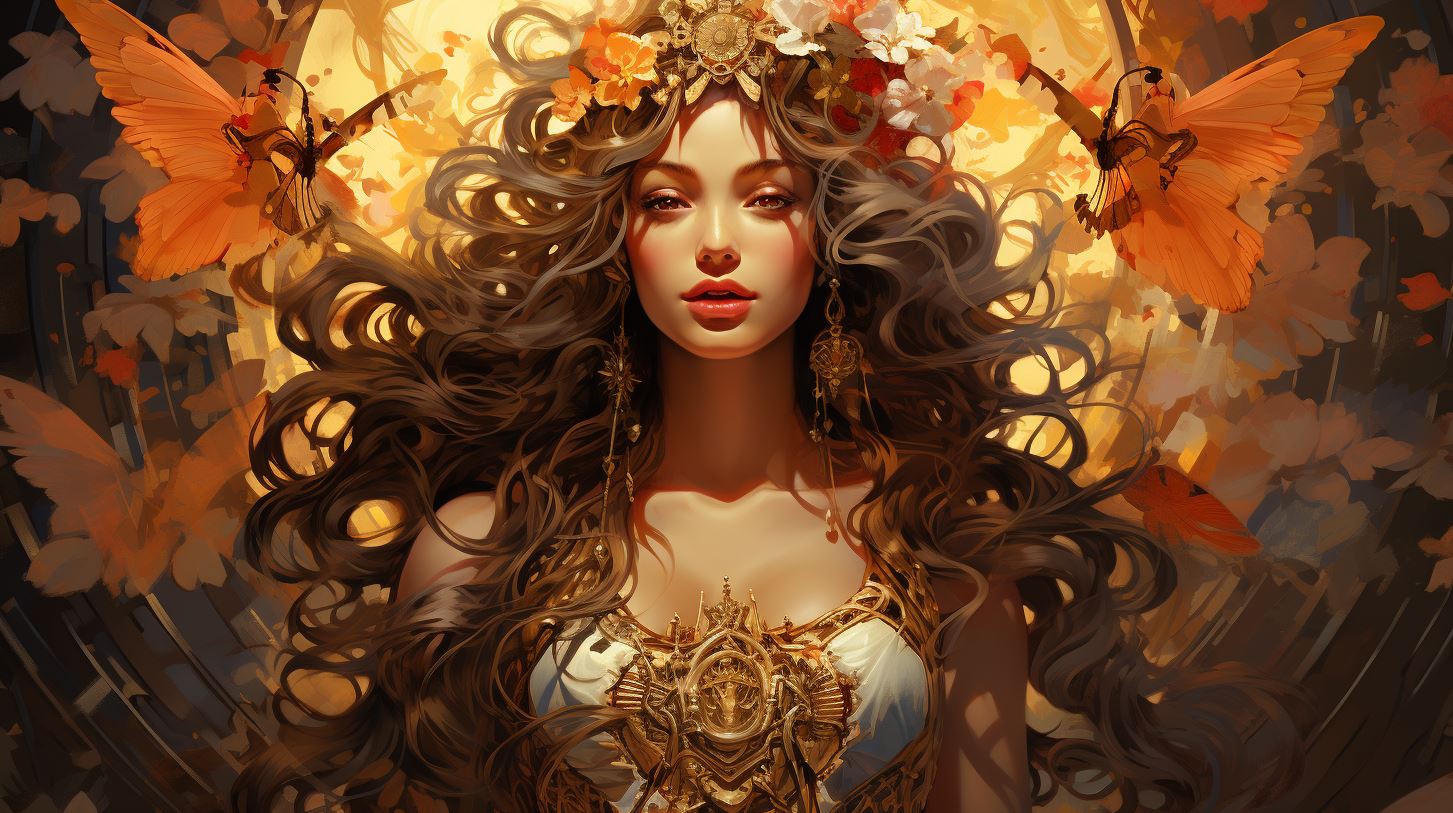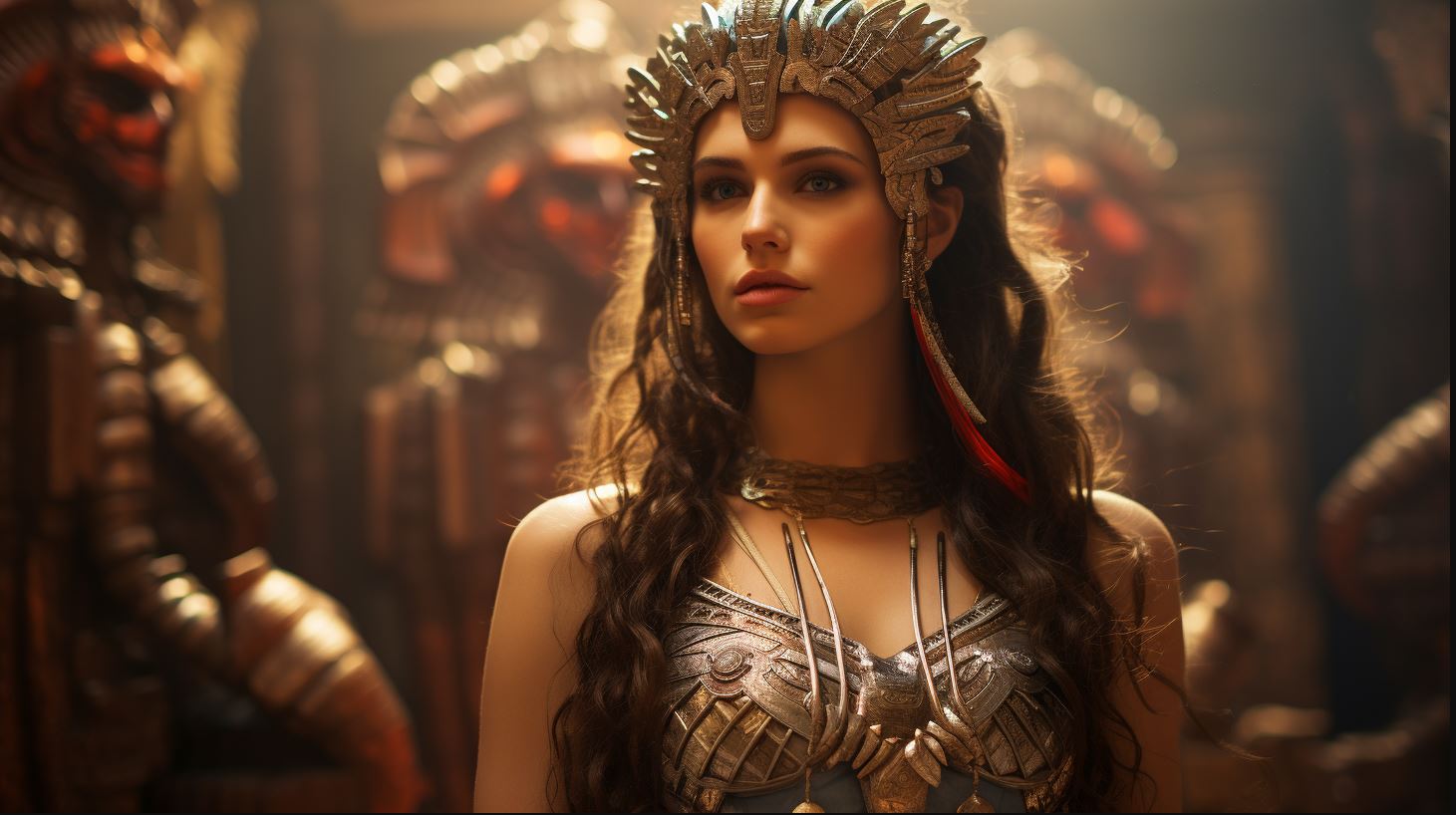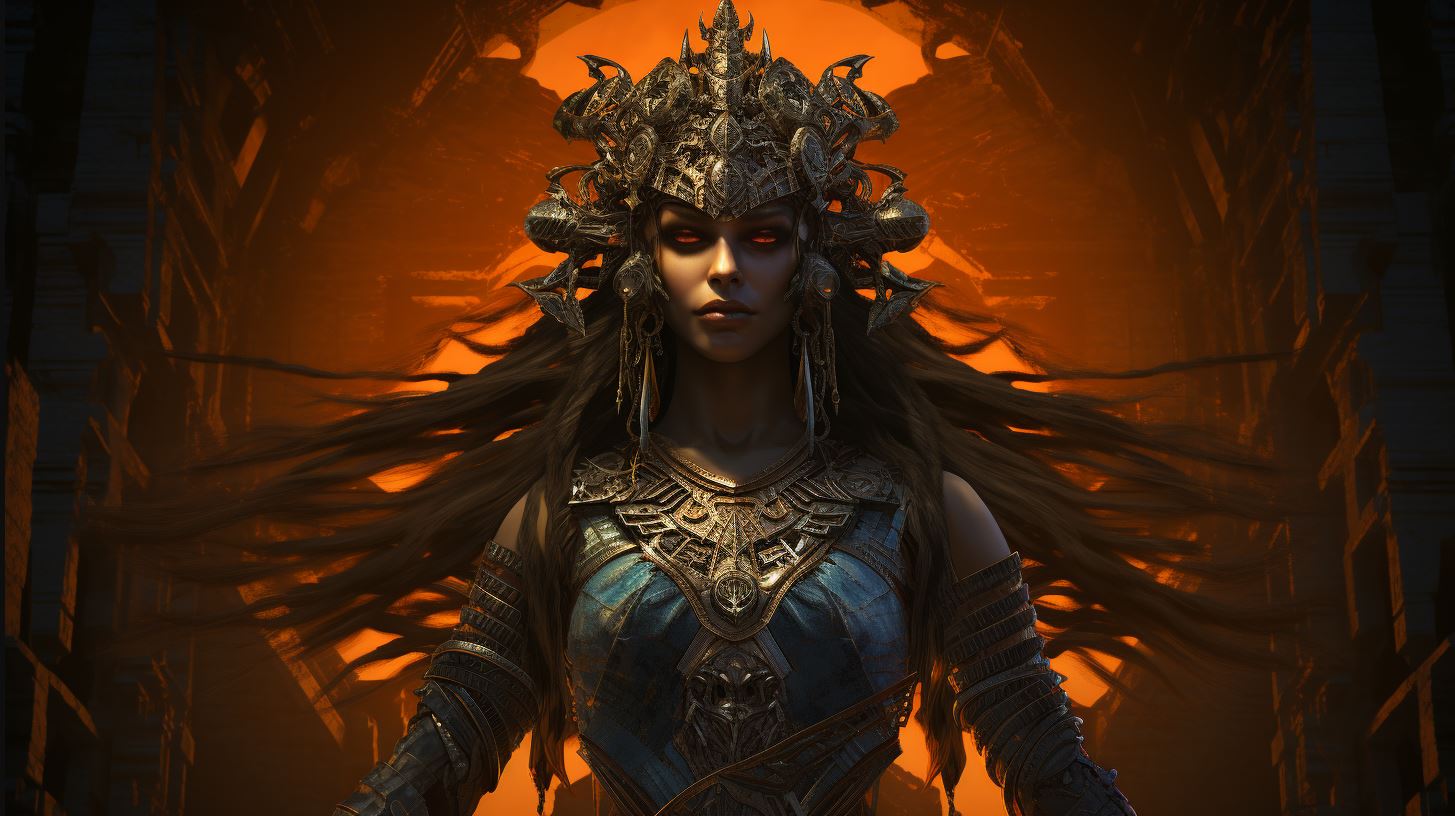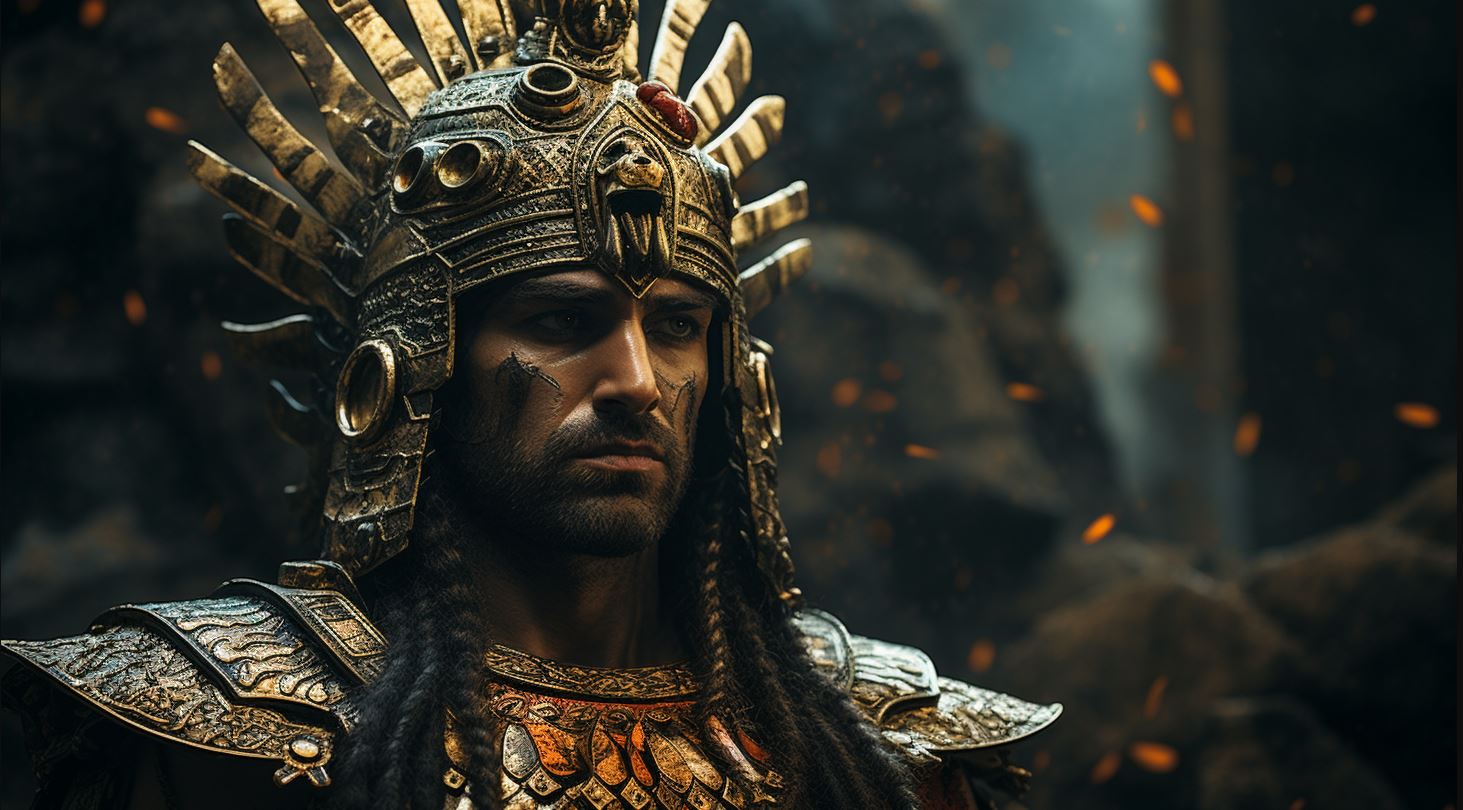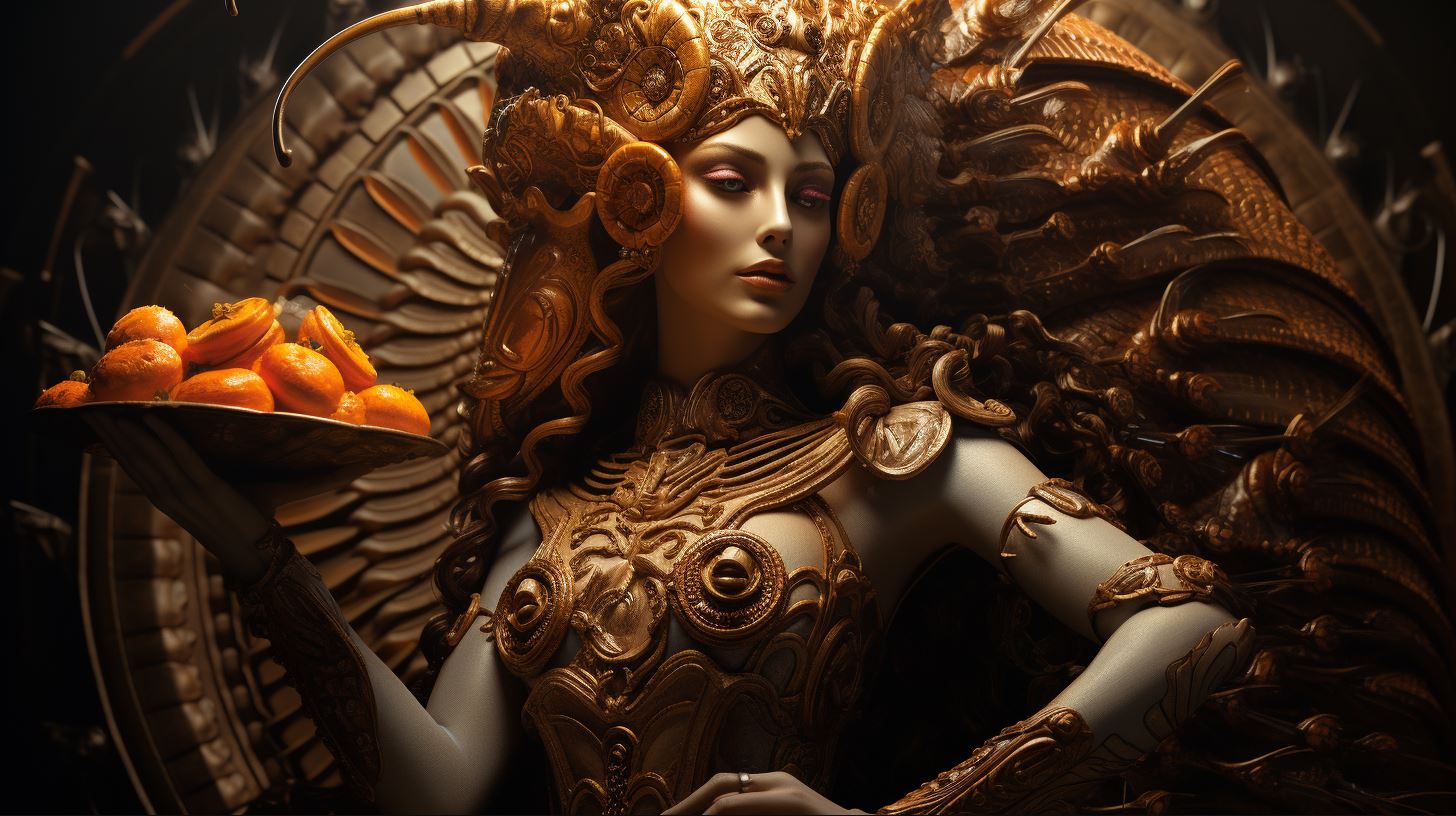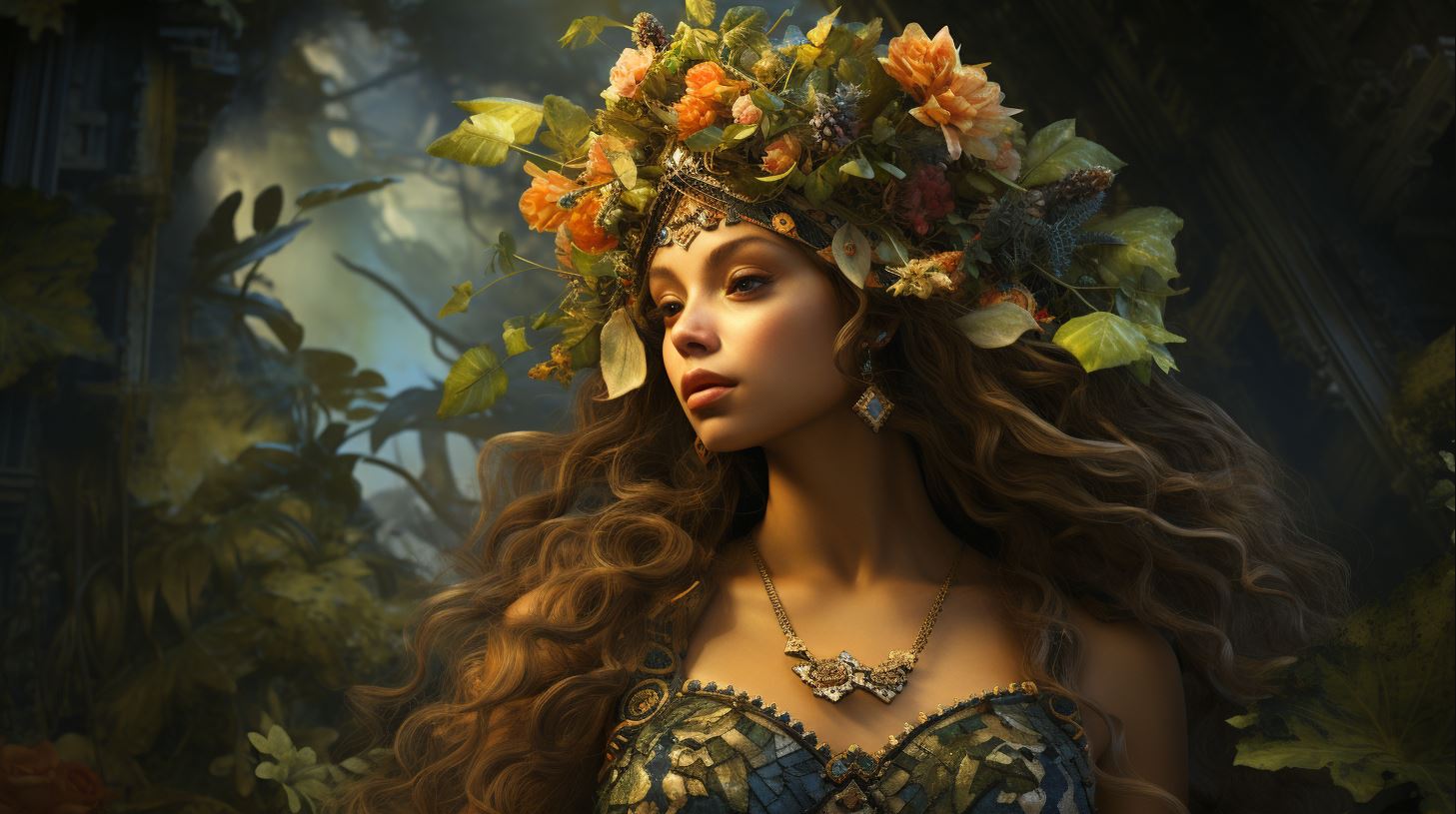Inanna Sumerian Goddess: Unveiling the Ancient Mesopotamian Deity
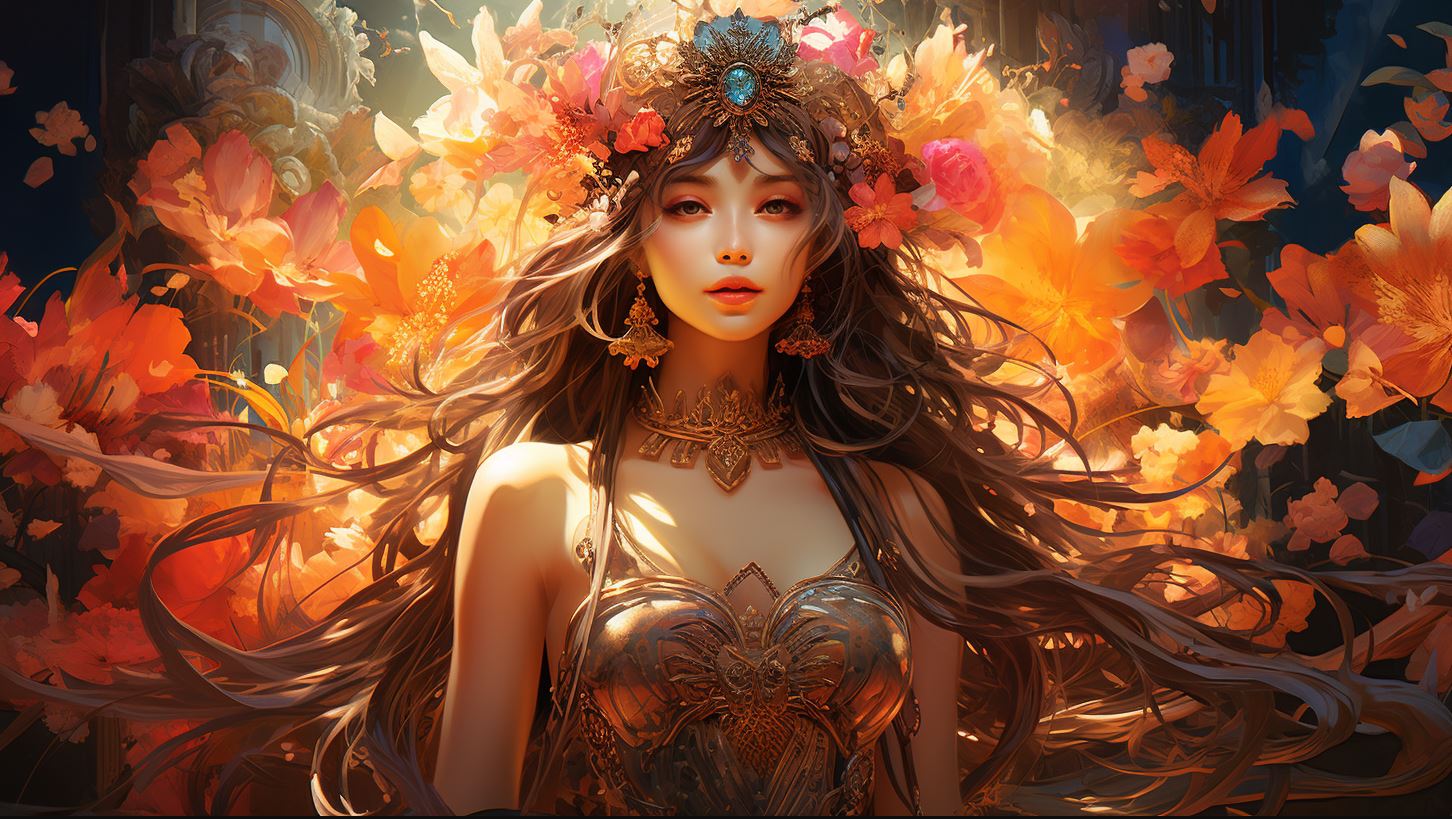
Inanna Sumerian goddess holds a significant place in the ancient mythology of Mesopotamia. Known as the goddess of love and war, she was highly revered by the Sumerians. This article delves into various aspects of Inanna’s existence, from her attributes and symbolism to the worship and rituals dedicated to her.
Additionally, it explores her role in the divine pantheon, her influence on kings and rulers, and her sacred cities and temples. Furthermore, it discusses the captivating mythology and stories surrounding Inanna, as well as her impact on gender roles in ancient Mesopotamia.
Lastly, it examines Inanna’s lasting legacy in the modern world, including her cultural significance and revival in contemporary art and literature, as well as her influence on feminist thought.
Historical Background of Ancient Mesopotamia
The historical background of ancient Mesopotamia provides a rich cultural foundation for understanding the rise of Inanna, the Sumerian goddess.
This region, known as the cradle of civilization, was home to flourishing civilizations, including the Sumerians and Akkadians. Let’s explore the key aspects of this fascinating era.
Sumerian Culture and Civilization
The Sumerians, one of the earliest known civilizations, established city-states in Mesopotamia around 3000 BCE.
They developed advanced systems of writing (cuneiform), architecture (ziggurats), and irrigation, which greatly influenced subsequent civilizations. Sumerians also developed a complex pantheon of gods and goddesses, including the revered Inanna.
Akkadian Empire and its Influence
The Akkadians, led by Sargon the Great, rose to power in the 24th century BCE, establishing the first empire in history.
Their conquests expanded the influence of Mesopotamian culture, blending it with their own Akkadian traditions. Under Akkadian rule, Inanna’s prominence grew, and she became a symbol of power and divinity.
The City-States of Mesopotamia
Mesopotamia was characterized by independent city-states, each with its own ruling elite and religious practices.
Prominent cities such as Uruk, Ur, and Nippur held great importance in the worship and recognition of Inanna. These city-states were centers of political, economic, and religious activities, shaping the course of ancient Mesopotamian history.
Understanding the historical context of ancient Mesopotamia illuminates the significance and role of Inanna within this complex and vibrant civilization.
Inanna: The Goddess of Love and War
Inanna, the powerful goddess of love and war, holds a prominent position in Sumerian mythology. Known for her multifaceted nature, she embodies both love and warfare, captivating the hearts and minds of the ancient Mesopotamians.
This section delves into the intricacies of Inanna’s role, exploring her significance in Sumerian mythology, her attributes and symbolism, as well as the worship and rituals dedicated to her.
Inanna in Sumerian Mythology
Inanna, also referred to as Ishtar in other Mesopotamian cultures, features prominently in Sumerian mythological narratives.
She is depicted as a charismatic and dynamic goddess, involved in various tales that highlight her divine powers and interactions with other deities.
Inanna’s Attributes and Symbolism
As the goddess of love and war, Inanna embodies a juxtaposition of qualities. From peaceful alliances to fierce battles, her attributes symbolize the duality present in human life. She represents both passionate desire and relentless power, captivating her worshippers with her enchanting beauty and formidable strength.
Worship and Rituals Dedicated to Inanna
Inanna’s worshippers held her in high regard and paid homage to her through elaborate rituals and ceremonies. Temples dedicated to her flourished throughout Mesopotamia, and her devotees engaged in acts of devotion to seek her blessings in matters of love, fertility, and protection in times of conflict.
- The Descent of Inanna: Inanna’s mythological tale of descending into the underworld, facing trials, and returning with newfound knowledge and power.
- Inanna and Dumuzid: A Love Story: Explores the romantic relationship between Inanna and Dumuzid, symbolizing the cyclical nature of life and death.
- Inanna’s Role in Creation Mythology: Examines Inanna’s involvement in the creation of the world, highlighting her divine role as a catalyst for life and growth.
Inanna in Mesopotamian History
Inanna, the revered Sumerian goddess, played a vital role in the divine pantheon of ancient Mesopotamia.
Her influence extended beyond the spiritual realm, impacting the realm of earthly power as well.
Inanna’s Role in the Divine Pantheon
As one of the most prominent deities in Mesopotamian mythology, Inanna held a unique position within the divine hierarchy. She represented love, fertility, and war, bestowing her blessings upon those who honored and worshiped her.
Her divine authority positioned her alongside powerful gods and goddesses, exerting significant influence on various aspects of human existence.
Inanna’s Influence on Kings and Rulers
Inanna’s association with war and fertility made her particularly important to kings and rulers in Mesopotamia. They sought her favor to ensure military success, prosperity, and stability for their kingdoms. Inanna’s divine guidance and protection were believed to be crucial for the wellbeing and expansion of empires, and her cult often held significant sway over political matters.
The Akkadian Period and Inanna’s Legacy
The Akkadian Empire witnessed the intensification of Inanna’s worship, as rulers like Naram-Sin sought to legitimize their power and authority through their devotion to the goddess. Inanna’s influence during this period was profound, leaving a lasting legacy on the socio-political landscape of Mesopotamia.
Her temples and cult centers thrived, and her mythology continued to inspire generations to come.
Inanna’s Sacred Cities and Temples
Explore the sacred cities and temples dedicated to the worship of Inanna, the revered Sumerian goddess.
Uruk: The City of Inanna
Uruk, one of the most important cities in ancient Mesopotamia, held a special significance in the worship of Inanna. As the city associated with her cult, Uruk was adorned with magnificent temples and shrines dedicated to the goddess.
The Cult of Inanna in Naram-Sin’s Akkadian Empire
During the reign of Naram-Sin in the Akkadian Empire, the cult of Inanna flourished. The empire’s rulers built grand temples to honor Inanna, solidifying her importance in the religious landscape of the time.
The Temple Complexes of Inanna
Inanna’s worship spanned across various temple complexes, showcasing her influence and prominence. These temple complexes were intricately designed and adorned with sacred imagery, providing a space for devotees to perform rituals and offerings to the goddess.
- Ekur: The sanctuary of Inanna at Nippur
- Eanna: The temple complex of Inanna in Uruk
These temple complexes served as cultural and spiritual centers, attracting pilgrims and worshippers from far and wide, solidifying Inanna’s status as a revered deity in ancient Mesopotamia.
The Mythology and Stories of Inanna
Inanna, the Sumerian goddess, has a rich mythology that encompasses captivating stories and legends. These mythological tales provide insights into her divine nature and her significant role in the ancient pantheon.
Let’s delve into some of the intriguing narratives associated with Inanna.
Inanna’s Descent to the Underworld
One of the most renowned stories is Inanna’s Descent to the Underworld. In this myth, Inanna embarks on a perilous journey to the realm of the dead, seeking to confront her sister Ereshkigal. This treacherous quest showcases Inanna’s bravery and her willingness to face the darkest depths of existence.
Inanna and Dumuzid: A Love Story
Inanna’s passionate love affair with Dumuzid, the shepherd-king, is another captivating tale. Their immortal union illustrates the power of love and the yearning for divine connection within Mesopotamian culture. Their story resonates as a symbol of fertility, abundance, and the eternal cycles of life.
Inanna’s Role in Creation Mythology
Inanna also holds a pivotal role in Mesopotamian creation mythology. She is often associated with the act of creation and plays a vital part in the formation of the world. Through her divine actions, Inanna brings forth order, beauty, and the harmonious balance of the cosmos.
Inanna and Gender Roles in Ancient Mesopotamia
When examining the ancient civilization of Mesopotamia, the role of gender becomes a crucial aspect to understand the society’s dynamics. Inanna, the Sumerian goddess, played a significant role in shaping gender constructs during this era.
Goddess Worship and Matriarchal Societies
Goddess worship was prevalent in ancient Mesopotamia, and it often coincided with matriarchal societies where women held positions of power and influence. Inanna was revered as a symbol of feminine divinity, embodying qualities of fertility, love, and war.
Inanna as a Symbol of Feminine Power
Inanna’s mythology and cultural significance portrayed her as a powerful and assertive goddess, challenging traditional gender norms. She represented qualities that were typically associated with masculine power, such as courage, strength, and strategic thinking.
Inanna’s Influence on Gender Constructs
Inanna’s presence had a profound impact on influencing gender constructs in ancient Mesopotamia. Her mythological stories challenged gender roles and showcased the importance of women in society. She served as a role model for women, encouraging them to embrace their power and assertiveness.
By examining Inanna’s divine status and her impact on gender roles, we gain a deeper understanding of the complex societal dynamics of ancient Mesopotamia.
Inanna’s Legacy in the Modern World
Inanna, the powerful Sumerian goddess, continues to leave her mark on the modern world through various forms of artistic expression and cultural significance. Her captivating presence and timeless stories have inspired countless artists and writers, resulting in an abundance of contemporary artworks and literature that pay homage to her divine essence.
Inanna in Contemporary Art and Literature
Artists and writers from around the world have drawn inspiration from Inanna’s mythology and symbolism, incorporating her image into paintings, sculptures, and literary works. Her multifaceted nature as the goddess of love and war serves as a muse for exploring themes of strength, femininity, and duality.
Cultural Significance and Revival of Inanna Worship
In recent years, there has been a resurgence of interest in ancient Mesopotamian culture and spirituality, leading to the revival of Inanna worship. This revival involves dedicated individuals and groups who study and practice the rituals, prayers, and invocations associated with honoring Inanna, offering a glimpse into the mystical world of the past.
Inanna’s Influence on Feminist Thought
Inanna’s ancient mythology has served as a source of inspiration for feminist scholars and activists. Her embodiment of female empowerment, independence, and sexuality challenges societal norms and contributes to the ongoing dialogue surrounding gender equality and women’s rights.











